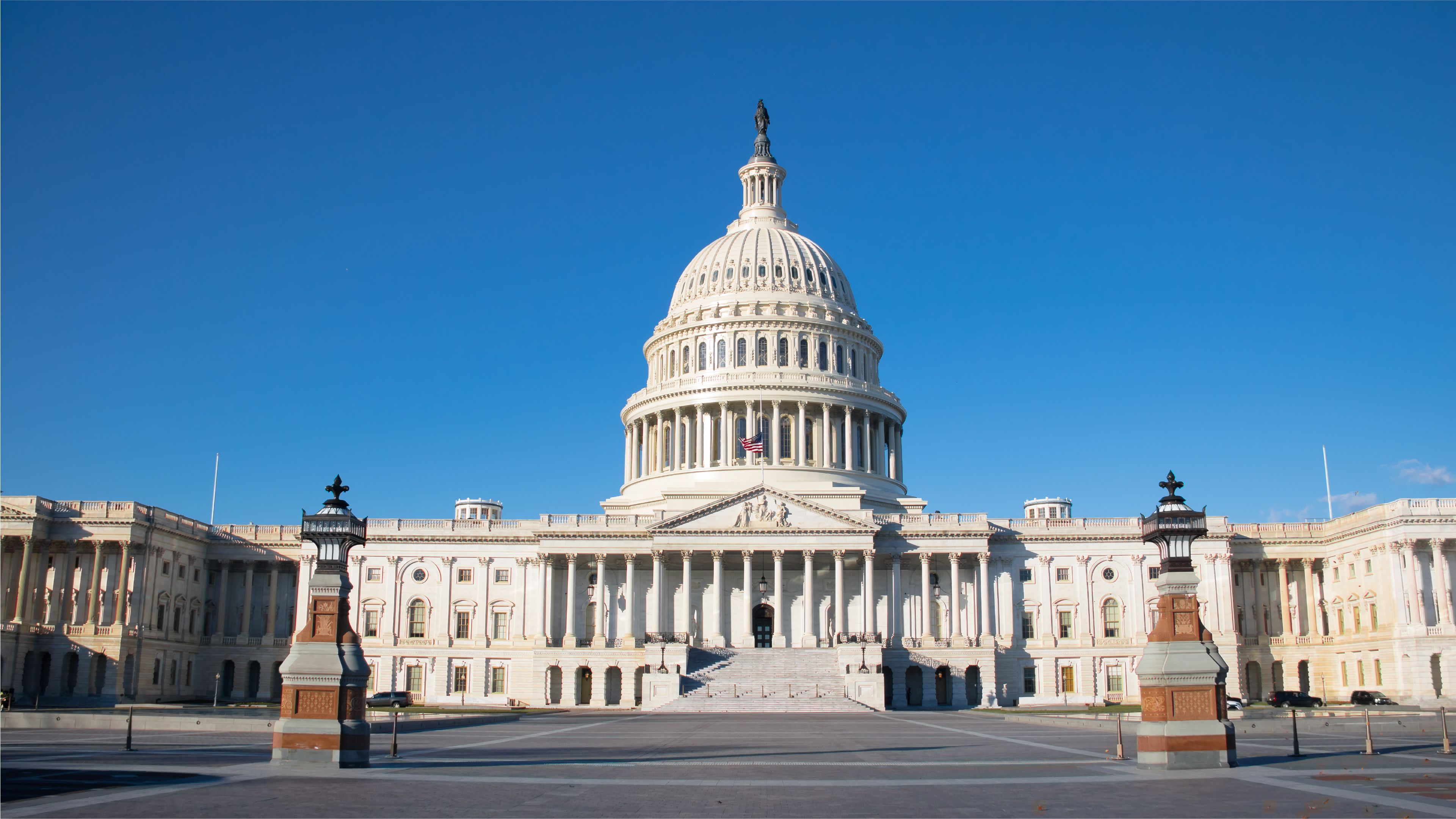2023 Forex Market Year In Review






Key Takeaways:
- 2023 proved to be a dynamic and transformative period for the forex market
- The Forex market in 2023 was characterized by unprecedented growth, geopolitical uncertainties, and volatility
- Central bank rate hikes, inflationary pressures, a banking crisis, and the ongoing Middle East war had substantial implications for global currency markets in 2023
- Looking ahead to 2024, traders must recognize the potential impact of emerging trends and global events on the forex landscape
As we bid farewell to yet another eventful year, it's time to take a deep dive into the thrilling world of the forex market and explore the highlights and defining moments of 2023. 2023 was a rollercoaster ride for currency traders worldwide, as global events and economic fluctuations significantly impacted exchange rates and currency movements. From the ongoing COVID-19 pandemic's lingering effects to geopolitical tensions and central bank actions, the forex market navigated various challenges with resilience and adaptability.
Overall Market Performance
2023 witnessed a remarkable performance in the forex market, characterized by unprecedented growth and volatility. As global economies regained strength after the pandemic, currency markets became a focal point for investors seeking profitable opportunities. Amidst this backdrop, the forex market demonstrated exceptional resilience, delivering impressive returns and attracting an influx of traders. Several factors, including increased market liquidity and advancements in trading technology, fueled the surge in trading activity. Moreover, significant events shaped the forex market's overall performance. Central bank rate hikes, inflationary pressures, a banking crisis, and the ongoing Middle East war had substantial implications for global currency markets.
Inflation and Interest Rates

During 2023, inflation levels fluctuated across various countries, mainly influenced by volatile commodity prices, supply chain disruptions, and changing consumer behaviors. To mitigate the effects of increased costs at the consumer and wholesale levels, central banks worldwide hiked their interest rates at several policy meetings to tame the stubborn inflation. One central bank that stood out among the rest was the U.S. Central Bank, popularly known as the Federal Reserve (Fed), which, throughout the year, made a series of critical decisions, constantly calibrating its monetary policy settings to tackle the evolving inflation landscape. Let's dive in and look at some of the key Fed rate decisions in 2023, shedding light on their impact on inflation and the broader economy.
The Opening Act: Navigating Uncertainties
At the outset of 2023, the Fed embarked on a cautious path, navigating multiple inflation uncertainties. With supply chain disruptions and higher energy prices amplifying inflationary pressures, the Fed raised its key interest rates by a quarter point. This move was aimed at pre-emptively taming rising prices while maintaining a delicate equilibrium to support economic growth.
1. Reacting to Inflation: Balancing Act Begins
As the year progressed, inflationary concerns continued to loom large. The release of robust economic indicators prompted the Fed to raise rates further, emphasizing curbing inflationary expectations. However, the careful calibration of the Central Bank's actions was evident, as more extensive rate hikes were avoided to prevent an adverse impact on investment, spending, and employment levels.
2. Navigating Global Developments: An Ever-Changing Landscape
During 2023, various international events considerably influenced the Fed's rate decisions. These global developments introduced uncertainties in the inflation equation, from trade disputes to geopolitical tensions. The Fed's decisive action to hold rates steady at 5.25% while closely monitoring global trends demonstrated a commitment to maintaining stability in the face of external challenges.
3. The Inflection Point: Balancing Price Stability and Economic Growth
Around mid-year, the Federal Reserve faced a critical juncture. The Fed made incremental rate increases to address heightened inflationary pressures, reflecting its commitment to price stability. Concurrently, the Central Bank focused on sustaining economic growth, signalling a balance between monetary tightening and supporting expansionary policies through well-defined forward guidance.
4. The Year-End Note: A Reflection of Success?
As 2023 drew to a close, the cumulative effects of the Fed's rate decisions became apparent. Inflationary pressures gradually began to recede, and the broader economy showed resilience. The Fed's deliberate approach towards balancing inflation containment while ensuring sustained growth paid off, reflecting the effectiveness of its monetary policy stance.
Banking Crisis

During the banking crisis, the collapse of prominent financial institutions such as Silvergate Bank and Silicon Valley Bank sent shockwaves throughout the industry. These banks, known for their innovative approaches and significant influence in the tech hub of California, bore the brunt of the economic downturn. As a result of their collapse, several currencies were directly affected, exacerbating the already grim financial landscape. The crisis profoundly impacted local and global currencies, with the U.S. dollar experiencing a significant decline against major world currencies such as the euro, yen, and British pound. For instance, over a month, the EUR/USD pair rose for three days following the Silicon Valley Bank collapse to reach one of its highest levels/ $1.0638. The decline in the greenback's value rippled through various foreign markets, causing widespread panic and financial instability. Additionally, emerging market currencies, like the Indian rupee and the Chinese yuan, also faced severe devaluation, aggravating an already precarious situation. The repercussions of the banking crisis were far-reaching, leaving no currency unscathed.
Middle East War

The 2023 Middle East war began when Hamas-led Palestinian militant groups targeted Israel with a barrage of rockets, while around 3,000 militants breached the Gaza–Israel barrier and attacked Israeli military bases and civilian communities, which killed at least 846 Israeli civilians and 416 soldiers and police. Israel has reported rapes and sexual assaults by Hamas fighters; Hamas has denied this. An estimated 240 Israeli and foreign nationals were taken to the Gaza Strip as captives or hostages. Hamas stated that its attack was in response to the continued Israeli occupation of the Palestinian territories, the blockade of the Gaza Strip, the expansion of illegal Israeli settlements, rising Israeli settler violence, and recent escalations. During Israel's bombardment campaign, more than 6,000 bombs were dropped on Gazan targets over six days, causing, compared to any other conflict since 2017, an unprecedented and unparalleled civilian death toll,] and a total blockade of the Gaza Strip was imposed, thereby forcing Gazans to drink contaminated, "tainted" water. Israel then launched a large-scale ground invasion of Gaza with the stated goal of destroying Hamas and controlling Gaza afterwards.
Impacts of the War on Oil prices
1. Market Response and Price Surge:
The interconnected nature of the global economy meant that any disturbance in the Middle East, a major oil-producing region, would have ripple effects on the world market. As news of the conflict spread, oil prices experienced a rapid and substantial surge. Investors and market participants, anticipating potential supply shortages, engaged in frenzied trading, further driving up prices.
2. Strategic Reserves and Mitigation Efforts:
In response to the escalating oil prices, many nations activated their strategic petroleum reserves to cushion the impact on domestic markets. International organizations and oil-consuming nations collaborated to implement emergency measures to stabilize oil prices and prevent a severe economic fallout. Diplomatic efforts were also intensified to resolve the conflict and restore normalcy to the oil markets.
3. Global Economic Ramifications
The surge in oil prices had widespread economic consequences worldwide. Industries heavily reliant on affordable energy inputs experienced increased production costs, leading to higher prices for goods and services. Consumer spending patterns shifted, and inflationary pressures emerged in various economies. The geopolitical uncertainty stemming from the Middle East further dampened investor confidence, contributing to volatility in financial markets.
Conclusion
2023 proved to be a dynamic and transformative period for the forex market. Despite various challenges, such as geopolitical uncertainties and economic volatility, the market persevered and witnessed remarkable growth. Technological advancements in artificial intelligence and machine learning propelled the forex industry towards greater efficiency and accessibility.
As we look ahead to 2024, we must recognize the potential impact of emerging trends and global events on the forex landscape. With the rise of digital currencies and the integration of blockchain technology, the forex market is likely to undergo significant transformations. Moreover, the post-pandemic recovery efforts and shifts in monetary policies will undoubtedly shape market trends in the coming year. As traders and investors, adapting to these changes, embracing technological advancements, and staying well-informed to navigate the evolving forex market successfully is imperative.


